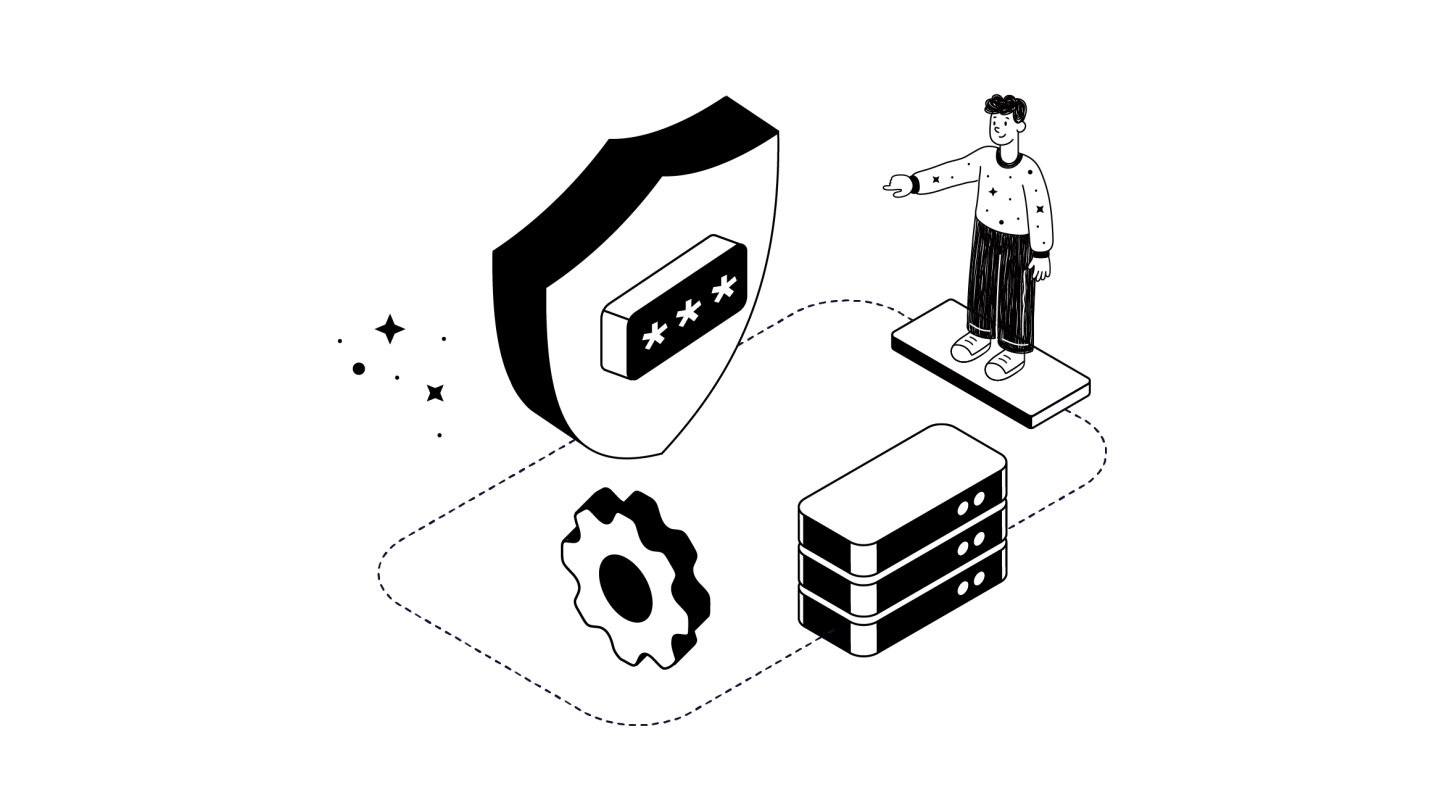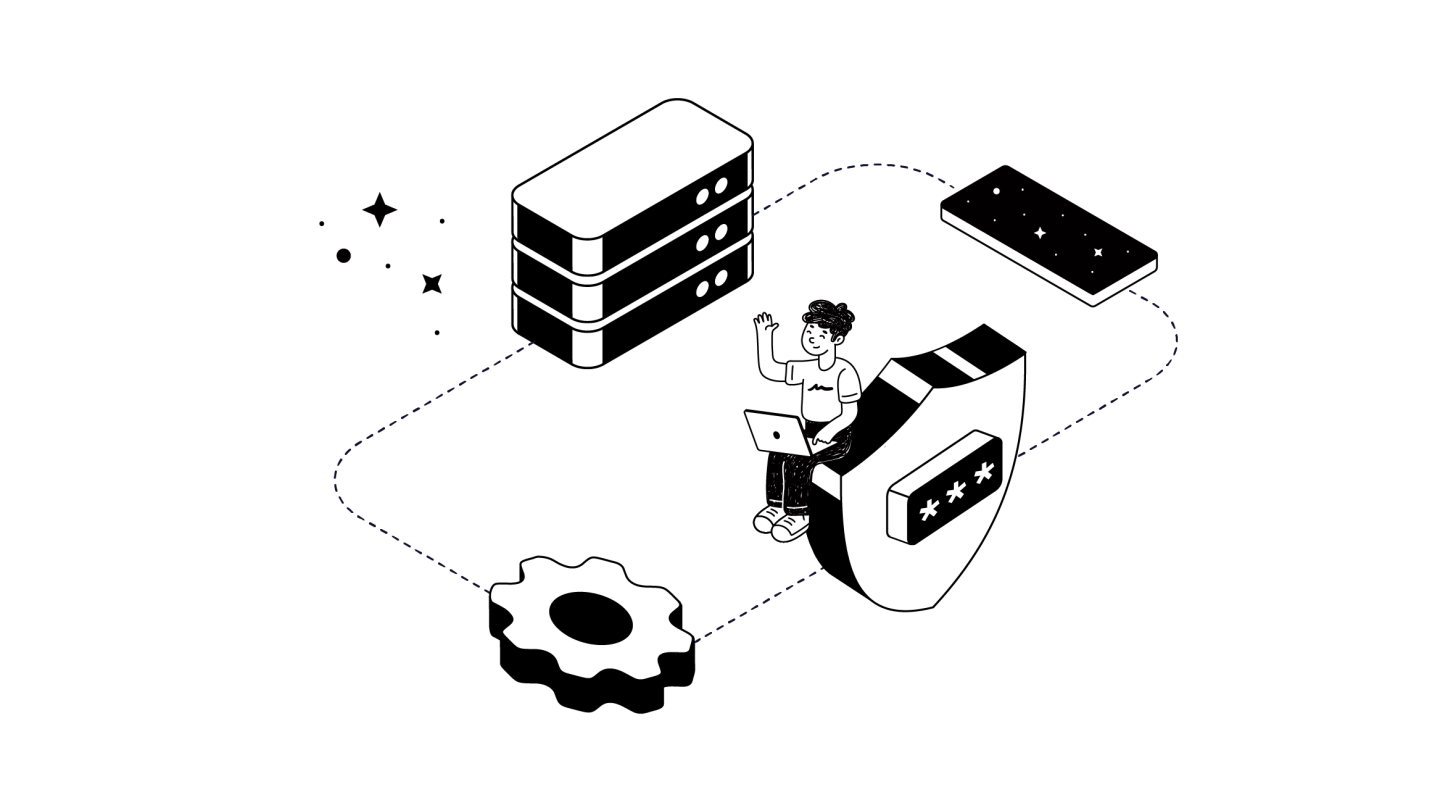At its core, security involves protecting something of value from potential risk. In cybersecurity, the top risk that must be protected against is the vulnerability introduced by human users.
Recent statistics show that 74% of cybersecurity breaches are caused by human errors. Consequently, effective cybersecurity must account for the human factor.
LowOps is an innovative new approach to infrastructure development that maximizes cybersecurity by minimizing the need for human engagement. With the LowOps approach, human involvement is systematically limited to critical “break glass” procedures, allowing for a significant reduction in the cybersecurity risk landscape.
Key Factors that Lead to Security Breaches

Several factors must be considered when addressing the cybersecurity risks posed by human involvement. The first involves human lapses that lead to security breakdowns in the implementation and maintenance processes.
With many security frameworks, keeping systems up to date requires human involvement during or following the process to address certain issues. If human agents put off critical system updates, vulnerabilities are left unaddressed.
The dangers of social engineering attacks are another factor that arises from human involvement and control in critical system design. Phishing, pretexting, technical support scamming, and other social engineering attacks — which seek to gain access to system user credentials — are believed to be used in as many as 90% of all cyberattacks.
While multi-factor authentication and other fail-safes can make credentials less vulnerable, they are not foolproof.
Ineffective cybersecurity training also increases the potential that human involvement can lead to security breaches. A recent study revealed that only half of U.S. employees are confident that they could follow specific cybersecurity practices in the workplace. Those practices include using strong passwords, updating security measures on their devices, and identifying phishing attempts.
Reducing Risk With the LowOps Approach
A “Low Operations” or LowOps, approach to enterprise IT systematically reduces the degree of human interaction needed for infrastructure operations.
Elevating the DevOps approach, LowOps streamlines development by utilizing container deployment methodologies, focusing on minimal software and code, while benefiting from cloud-first technologies such as scaling, resilience, and easy compliance.
Empowering the automation of routine tasks is one of the primary ways LowOps boosts cybersecurity. LowOps integrates components that automatically orchestrate tasks like installing security patches and adjusting scaling limits. By doing away with the need for human involvement in those and other tasks, LowOps ensures they are accurately performed in a timely manner.
LowOps also involves decoupled architecture, which boosts cybersecurity through segmentation and isolation. Decoupled architecture reduces an infrastructure’s attack surface by limiting the extent of a breach to the unique element that has been compromised. The components used in this form of architecture can also be more easily swapped out or updated if vulnerabilities are identified.
Infrastructure-as-Code (IaC) is another element of LowOps that strengthens its security. By allowing infrastructure provisioning to be automated, IaC decreases the risk that human errors introduce vulnerabilities to the system. It also facilitates seamless updates to security and other system functionality to be triggered by making changes in the base modules that support the code.
By leveraging IaC, LowOps takes zero-trust principles to the next level. With zero-trust, any request for access requires validation before being approved. With LowOps, there is no need to approve requests — and run the risk of falling victim to a social engineering scheme — because key infrastructure functions are managed by automated processes.
Automated credential management illustrates one way in which LowOps can enhance the enterprise security framework. Rotating credentials daily limits the chances bad actors will gain unauthorized access to systems, but implementing those types of controls with human agents significantly degrades the user experience. LowOps enhances security by empowering a higher level of complexity designed to repel attacks.
Added Benefits of LowOps Infrastructure

In addition to enhancing security, LowOps also allows enterprises to adjust overall operations in a way that improves efficiency.
The same benefits that drive higher consistency and accuracy in the area of cybersecurity can play out in other operational processes. In many areas where human efforts are typically required, LowOps’s automation potential can reduce inefficiencies.
By introducing automation, LowOps also simplifies many of the complex IT processes that require high-skill, high-cost expertise.
Once LowOps systems are implemented, enterprises will need less staff to maintain them and decreased downtime or maintenance required, leading to substantial cost savings. The increased consistency automation provides can also lead to better product quality, which can drive customer satisfaction and improve profitability.
The threat of cybersecurity attacks is constantly increasing, with some reports showing an attack occurring once every 39 seconds. Repelling attacks requires constant vigilance and an ongoing commitment to keeping systems optimized.
LowOps provides an optimal line of defense because it weaves cybersecurity into the core of enterprise IT, empowering secure systems that address the most vulnerable components of any organization's digital infrastructure.
